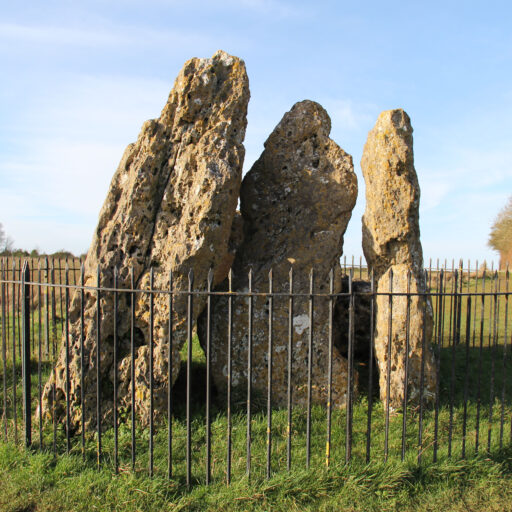Previously encompassing over 100,000 acres, modern day Sherwood forest covers just over 1000 acres. Once a royal hunting forest, it was illegal to hunt the King’s deer and boar. Naturally, some people chose to ignore this and would hunt in the dead of night; but what would they do with the carcass? The Butcher’s Oak, also known as Robin Hood’s Larder was believed to have been where Robin and his band of merry men hid their hunting yields. It was fairly common for hollow trees to be used as storage for food and The Major Oak was probably used for this purpose at some point in its life as well.
300 years to grow
300 years to live
300 years to die
This has long been the rhyme of the life cycle of oak trees.
The Major Oak has hollowed over time and has a small entry, allowing people to sneak in and out; it is believed to be around 1000 years old. Robin Hood, a medieval Yeoman an skilled archer and his men were frequent visitors to The Major Oak, often hiding from the Sheriff of Nottingham or just catching 40 winks.
He and his merry men were always on the run from the law, hiding in the relative safety of the forest. As outlaws of the land, they were left with no defences. They would find solace in one another, making a living by hunting on the King’s ground; robbing from the rich and giving to the poor and lawless. Robin was a well known trickster, although courteous with it. Even after charming the unsuspecting travellers out of their purses, he would often feast with them.
The oldest song that Robin Hood is referenced in is “A Gest of Robyn Hode“, which dates from around the 1500s. Although, the tale was known to have been around much longer before being documented. Robin was believed to have been born in the early 12th century.
Sherwood has been referred to as The Greenwood in several tales and songs; The Major Oak has been a vital meeting point throughout the ages. Rules and law of the land were void once you entered the Greenwood; fairies would frolic and love would bloom. Thieves would sneak and hunters would take.
Was Robin who we think he was? The name Robin has, in the past been used as another name for fairies. Always known to be dressed in green, this would have provided the perfect camouflage for Robin in Sherwood; but it was also commonly known as the “fairy colour”.
Perhaps, the persona of Robin attached to the spirit of the Green Man? The Green Man has long been known as the protector of the forest, but with the spread of Christianity most lore of pagan origin was placed under a guise.
Irrespective of who or what Robin Hood was, he was a man of many faces and holds countless secrets. Robin has connections to many parts of the country and he is an integral part of English folklore to this day. I can only hope that his tale is told for many generations to come.





